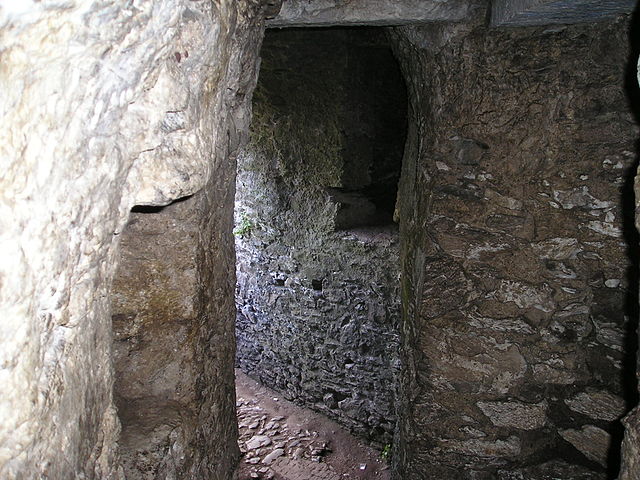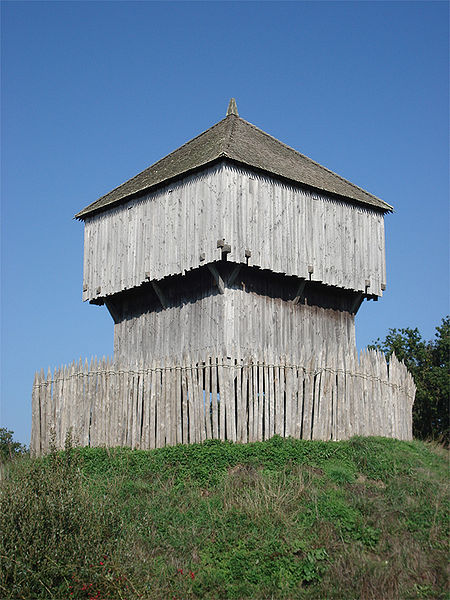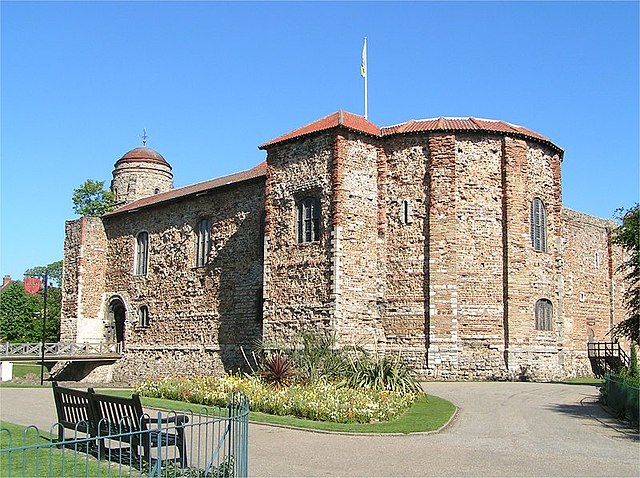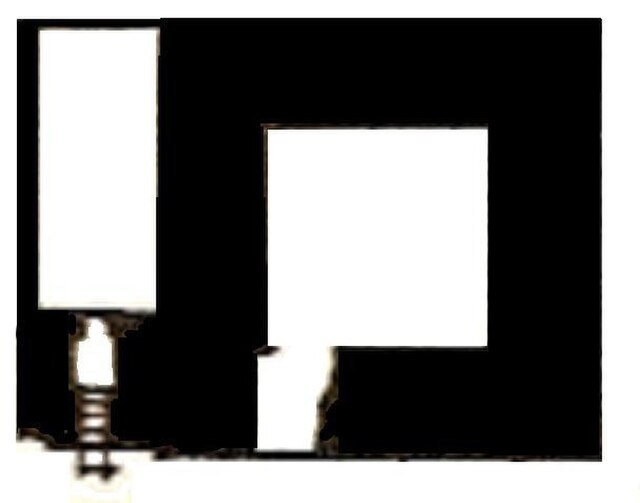A dungeon is a room or cell in which prisoners are held, especially underground. Dungeons are generally associated with medieval castles, though their association with torture probably derives more from the Renaissance period. An oubliette or bottle dungeon is a basement room which is accessible only from a hatch or hole in a high ceiling.
The dungeons of Blarney Castle, Ireland
A dungeon door in the Zrinski Castle in Čakovec, Croatia
A keep is a type of fortified tower built within castles during the Middle Ages by European nobility. Scholars have debated the scope of the word keep, but usually consider it to refer to large towers in castles that were fortified residences, used as a refuge of last resort should the rest of the castle fall to an adversary. The first keeps were made of timber and formed a key part of the motte-and-bailey castles that emerged in Normandy and Anjou during the 10th century; the design spread to England, Portugal, south Italy and Sicily. As a result of the Norman invasion of 1066, use spread into Wales during the second half of the 11th century and into Ireland in the 1170s. The Anglo-Normans and French rulers began to build stone keeps during the 10th and 11th centuries, including Norman keeps, with a square or rectangular design, and circular shell keeps. Stone keeps carried considerable political as well as military importance and could take a decade or more to build.

The Norman (c. 1126) keep of Rochester Castle, England (rear). The shorter rectangular tower attached to the keep is its forebuilding, and the curtain wall is in the foreground.
Reconstructed wooden keep at Saint-Sylvain-d'Anjou
The Norman keep at Colchester Castle in Essex, built in a Romanesque style on the foundations of a Roman temple
The Norman keep (r) and prison (l) at Goodrich Castle in Herefordshire, England, built to a square design in the early 12th century






